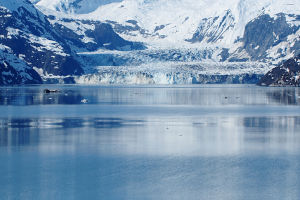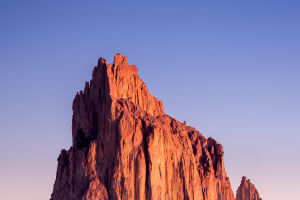Kawagoe, which has not yet set foot in the world, is 6740 meters above sea level and is located in China's Yunnan Province.
The snow-capped mountain climbed nine times at the end of the last century, but all failed and all the challengers were killed.
So Kawagbo is also known as the "everlasting virgin land".
Climbing snow-capped mountains are dangerous to various degrees, so why do people continue to climb snow-capped mountains?
Towards the mountains, you set out.
On the sloping hillside, the soles of your feet are flat on the ground, and the texture of the rock is getting harder and harder, and you can even feel the friction of gravel.
As you continue to climb, the trees change from tall to low along the way, and the calf muscles remain tight and sore.
I'm climbing a mountain.
The sense of tiredness in the body and mind keeps coming, and the willpower is dissipating.
We do not know how long, you rely on the instinct of upward exploration, and push yourself to the top of the mountain.
The mountains stood still, surrounded by a sea of clouds, and the sweat and fatigue were blown away by the mountain wind.
You suddenly feel like it's all worth it.
As a representative outdoor sport, modern mountaineering originated in Europe and has a history of more than 200 years.
In a broad sense, mountaineering does not limit the elevation, climbing mode, and use of equipment.
In a narrow sense, mountaineering means using special equipment and technology to climb peaks at a certain altitude. P
Robert McFarlane, a famous British outdoor writer, wrote in his book "Heart to the Mountains-how Human beings move from fear to fascination with Mountains" that three hundred years ago, risking one's life to climb a high mountain would only be regarded as insanity.
At that time, the reclaimed man-made scenery was regarded as attractive, and the mountains were regarded as the roughest products of nature, known as "barren land", "tumors", "warts" and "cysts" on the surface of the earth.
But over the past hundred years, amazing changes have taken place in human understanding of all kinds of wilderness landscapes-they have become obsessed with oceans, forests, deserts, and mountains.
To go higher seems to be the spontaneous desire of the human mind.
Mountaineering seems to be a basic way of approaching divinity.
Among the mountains, there is a complex aesthetic sense of deep valleys, glaciers, sunshine, rocks, and air, which the British critic Ruskin called "the endless clarity of space and the tireless truth of eternal light".
In fact, the average death rate from climbing snow-capped mountains, especially those above 8000 meters, is as high as more than ten percent.
Climbers can face fatal risks such as frostbite, avalanche falls, and organ failure caused by high-altitude disease.
But the danger of death can not stop human beings from walking to the mountains but drives them to explore.
"because the mountain is right there." About a hundred years ago, when a reporter asked British climber George Mallory why he risked his life to climb Mount Everest, he said.


